Apple just wrapped up their September keynote, and while the marketing machine is in full swing with talk of “revolutionary” features and “breakthrough” technology, let’s cut through the noise and look at what actually matters for your daily use. After covering Apple launches for years and living with these devices long-term, I can tell you that not every “innovation” translates to real-world value.
The iPhone Lineup: Three Distinct Paths
Apple’s iPhone strategy is clearer than ever with three distinct models targeting different users. The regular iPhone 17 gets meaningful Pro features, the new iPhone Air prioritizes design over everything else, and the Pro models double down on performance and cameras.
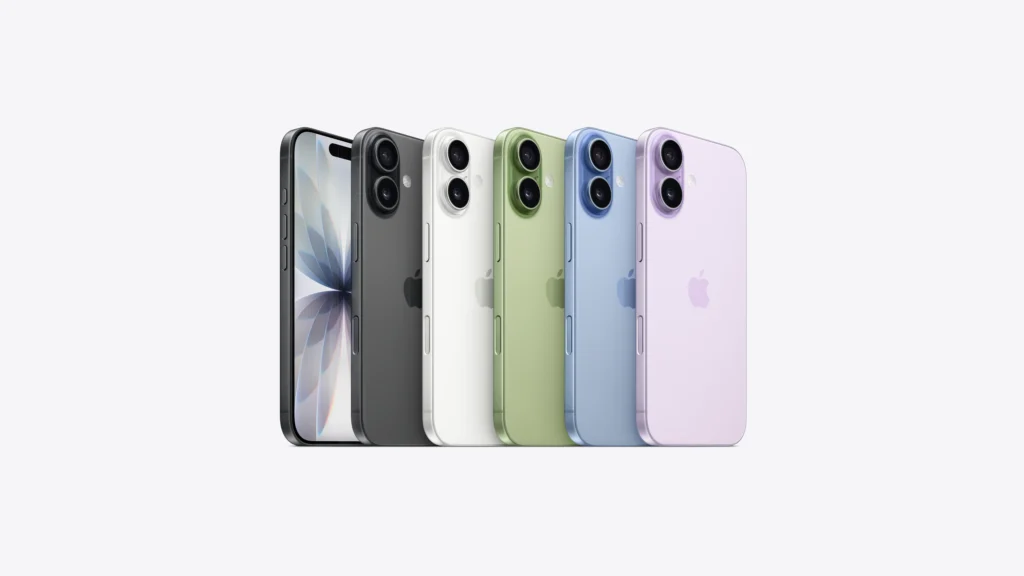
iPhone 17: The Sweet Spot Gets Sweeter
The base iPhone 17 might be the biggest winner of the announcement. At $799 starting with 256GB (finally ditching that ridiculous 128GB base), it inherits ProMotion’s 120Hz display and Always-On functionality from last year’s Pro models. The 6.3-inch screen with 3,000 nits peak brightness means you’re getting flagship display tech without the flagship price.
The A19 chip promises better on-device AI performance, but here’s what matters: the new 48MP Fusion camera system with both wide and ultra-wide capabilities, plus that 2x optical zoom quality. The Center Stage front camera with its square sensor is genuinely useful for video calls and landscape selfies—something I’ve wanted for years when propping my phone up for Zoom calls.
Battery life improvements claiming “8 more hours of video playback” compared to the iPhone 16 sound impressive, but I’ll need three months with this device to tell you if that translates to actually making it through a heavy day without charging. The 50% charge in 20 minutes via wired charging is more immediately practical.
Read our full iPhone 17 review and real-world testing →
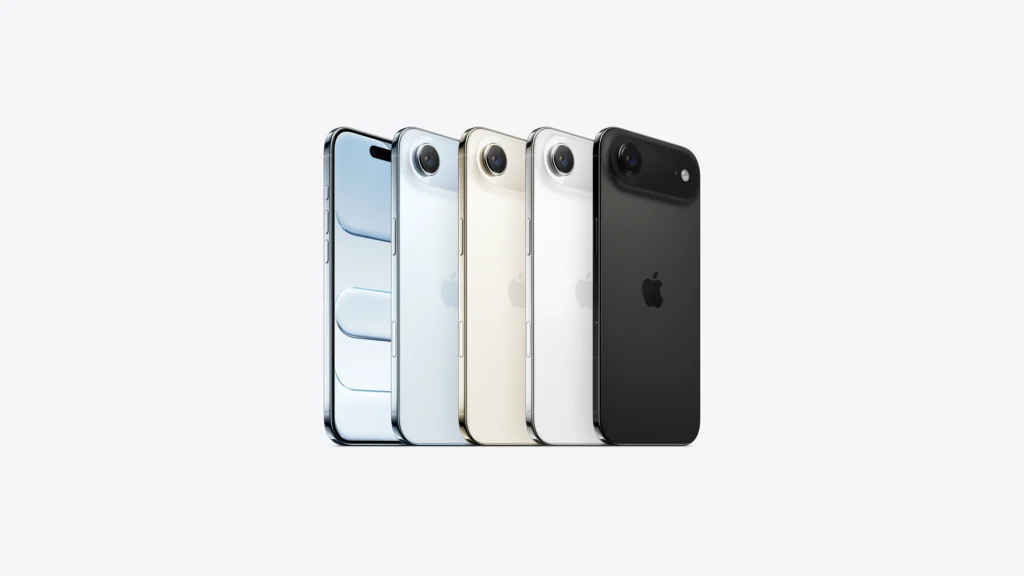
iPhone Air: Form Over Function at $999
The iPhone Air is Apple’s most polarizing release in years. At 5.6mm thin and featuring Grade 5 titanium, it’s undeniably gorgeous. The 6.5-inch ProMotion display matches the regular 17’s specs, and the A19 Pro chip means performance won’t be an issue.
But here’s where it gets interesting: it’s eSIM-only worldwide (not just in the US), which Apple claims allowed them to fit a larger battery despite the thin profile. They’re promising “amazing all-day battery life” with a new Adaptive Power Mode, but physics is physics—a 5.6mm phone simply can’t pack the same battery as thicker models.
The camera system takes a hit too—you get one 48MP Fusion camera with 2x zoom, missing the ultra-wide entirely. For $999, you’re paying $200 more than the regular iPhone 17 for a thinner design and titanium build, while losing a camera. The accessory ecosystem with crossbody straps and translucent cases tells you exactly who this is for: fashion-forward users who prioritize aesthetics.
Read our iPhone Air hands-on: Beauty vs. practicality →
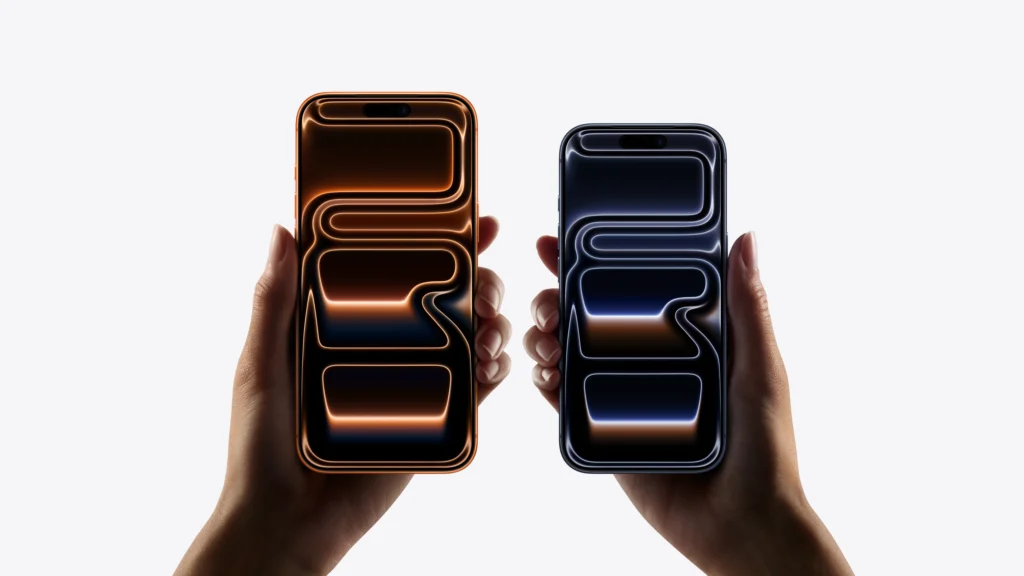
iPhone 17 Pro & Pro Max: The Workhorse Evolution
The Pro models received their biggest thermal redesign ever with an aluminum unibody and vapor chamber system. Apple claims 40% better sustained performance, which actually matters if you’re shooting ProRes video or gaming for extended periods. I’ve criticized iPhone Pros for throttling during heavy use, so this could be the most practical “Pro” upgrade in years.
The camera system going all-48MP across three lenses is impressive on paper, but the real story is that telephoto reaching 8x optical quality (200mm equivalent) with digital zoom to 40x. Combined with ProRes RAW capture and Genlock for multi-camera shoots, these are legitimate professional video tools now.
Battery life on the Pro Max hitting 39 hours of video playback (in eSIM models with larger batteries) addresses the biggest Pro Max advantage. Starting storage at 256GB is overdue, and that 2TB option on the Pro Max acknowledges that ProRes RAW files are massive.
At $1,099 for the Pro, you’re paying $300 more than the regular 17. Whether that’s worth it depends entirely on whether you’ll use the telephoto camera and video features.
Read our iPhone 17 Pro deep-dive: Who really needs the Pro features →
Apple Watch: Health Features That Could Save Your Life
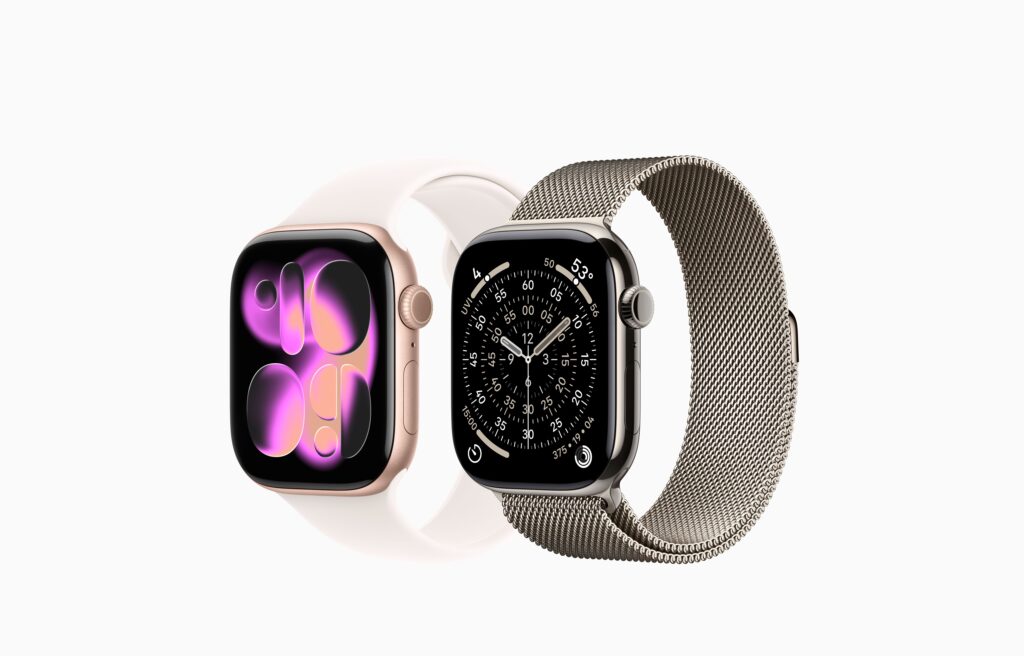
Series 11: The Mainstream Champion
The Series 11’s hypertension detection is the headline feature that matters. Using 30-day patterns to identify potential high blood pressure could genuinely save lives—Apple expects to notify over 1 million people with undiagnosed hypertension in year one. This isn’t a gimmick; it’s backed by studies with 100,000+ participants and pending FDA clearance.
The Sleep Score finally gives Apple Watch users what Fitbit has offered for years—actionable sleep quality metrics beyond just time in bed. Combined with the existing sleep apnea detection, the Series 11 becomes a comprehensive sleep and cardiovascular health monitor.
5G connectivity is nice for streaming music without your phone, but the real improvements are the 2x scratch resistance and those new watch faces. The Flow face with “liquid glass” numerals actually looks stunning in person. At $399, it’s priced identically to the Series 10 at launch.
Read our Apple Watch Series 11 review: Health monitoring that works →
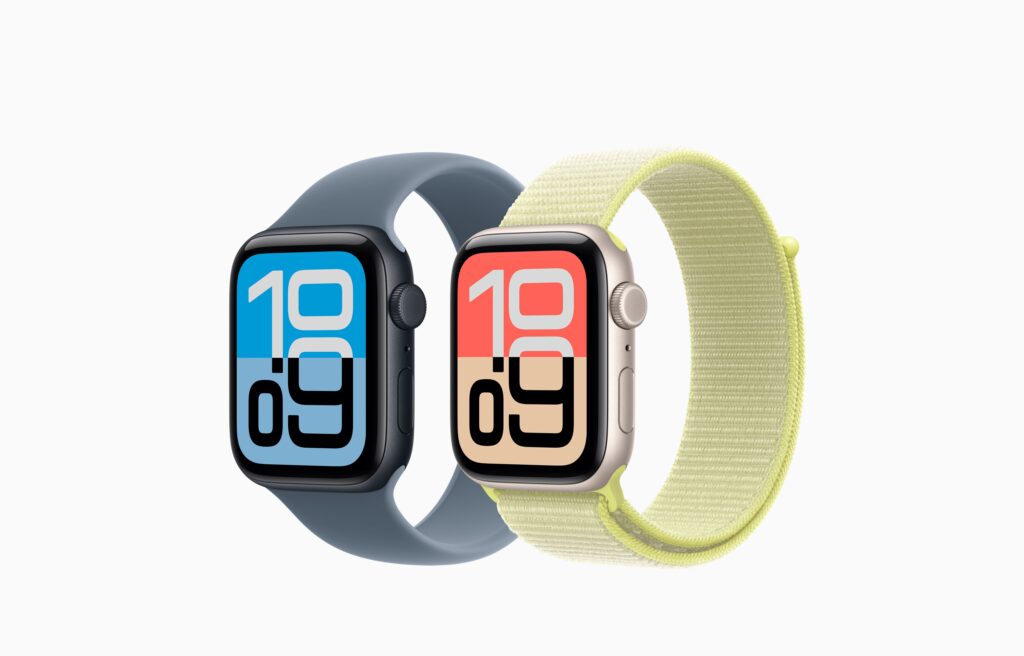
SE 3: The Gateway Drug at $249
The SE 3 at $249 is Apple’s smartest move. Adding an Always-On display, the S10 chip, fast charging, and critically, the wrist temperature sensor for ovulation tracking plus Sleep Score makes this a genuine health tool, not just a fitness tracker.
You’re missing the ECG, blood oxygen sensor, and the new hypertension notifications, but for basic fitness tracking, sleep monitoring, and iPhone integration, this destroys similarly priced Fitbits and Garmins in ecosystem integration.
Read our Apple Watch SE 3 review: The best first smartwatch →
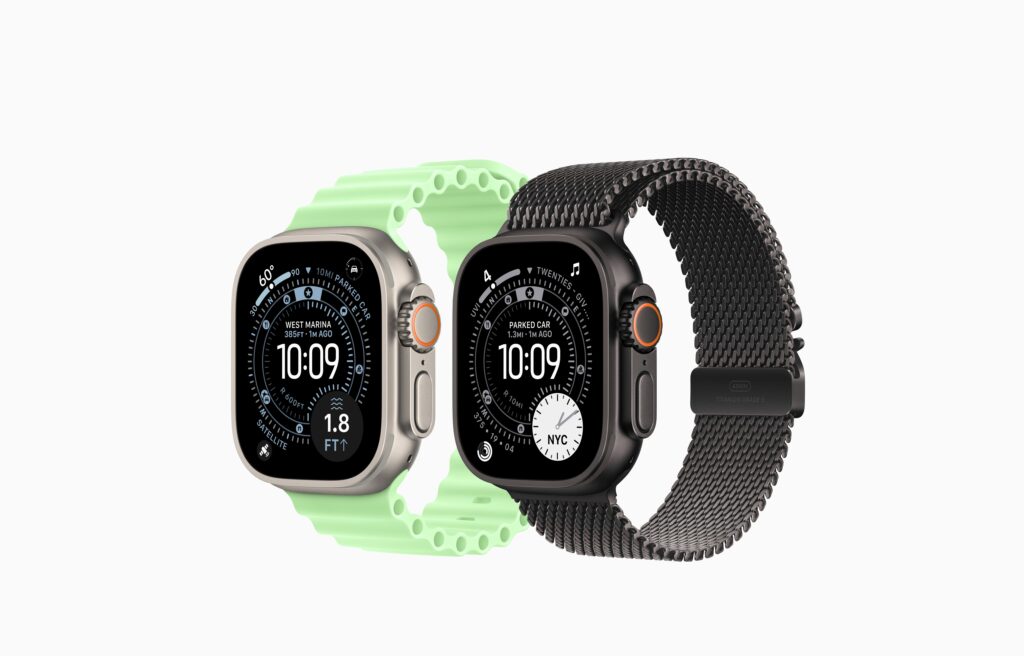
Ultra 3: Extreme Users Only
The Ultra 3’s satellite messaging for emergency situations is genuinely groundbreaking for hikers and adventurers. Combined with 42-hour battery life and that massive, angle-readable display, it’s the ultimate outdoor watch. The “Workout Buddy” AI voice coach sounds gimmicky, but could be useful for serious athletes.
At $799, this is for a very specific user. If you’re not regularly far from cell towers or training for endurance events, the Series 11 does everything you need for half the price.
Read our Apple Watch Ultra 3 review: Overkill for most, perfect for some →
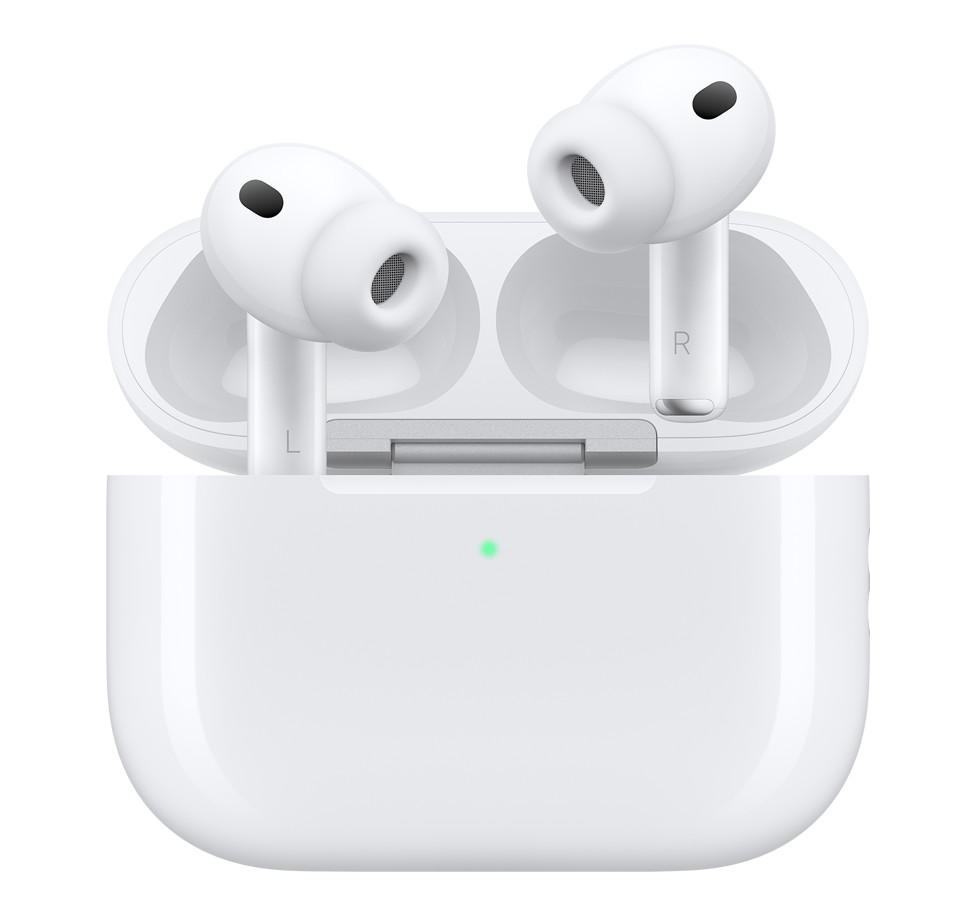
AirPods Pro 3: The Surprise Winner
The AirPods Pro 3 might be the most improved product announced. The standout feature is Live Translation—using Apple Intelligence to translate conversations in real-time while lowering the speaker’s voice so you can focus on the translation. If this works as demonstrated, it’s a game-changer for international travel.
The claimed 4x better noise cancellation than the original AirPods Pro is huge if true. My biggest complaint about the Pro 2 was that they couldn’t match over-ear headphones for flights and commutes. The foam-infused tips and new acoustic architecture might finally close that gap.
Heart rate sensing during workouts means you can track fitness without a watch, and that data syncs to your Move ring. The 8-hour battery with ANC (up from 6) finally gets these through a full workday. IP57 water resistance is overdue but welcome.
At $249, these aren’t cheap, but if the translation and noise cancellation deliver, they’re worth it for frequent travelers and fitness enthusiasts who don’t want to wear a watch.
Read our AirPods Pro 3 review: Testing the world’s best ANC claim →
The Bottom Line: Practical Recommendations
For most people: The iPhone 17 at $799 offers the best value with ProMotion, excellent cameras, and improved battery life. Pair it with the Apple Watch SE 3 at $249 for health tracking.
For creators and power users: The iPhone 17 Pro’s thermal improvements and camera system justify the premium if you actually shoot video or need that zoom range.
For Android switchers: Wait for my 3-month follow-up reviews. Day-one impressions don’t reveal the ecosystem lock-in frustrations or workflow disruptions you’ll actually experience.
For current iPhone 15/16 users: Unless you desperately need ProMotion on the base model or the Pro’s thermal improvements, these are iterative updates. Your current phone is fine.
The surprise recommendation: The AirPods Pro 3’s translation feature and improved ANC make them the most innovative product announced, especially for anyone who travels internationally.
Pre-orders start today for the watches and AirPods, Friday for the iPhones. Everything hits stores September 19th. As always, I’ll have real-world reviews after actually living with these devices, not just unboxing them. Because specs don’t matter if the experience doesn’t deliver.
What are your thoughts on Apple’s lineup? Are you upgrading, switching, or sitting this generation out? Drop a comment below—I actually read and respond to them.


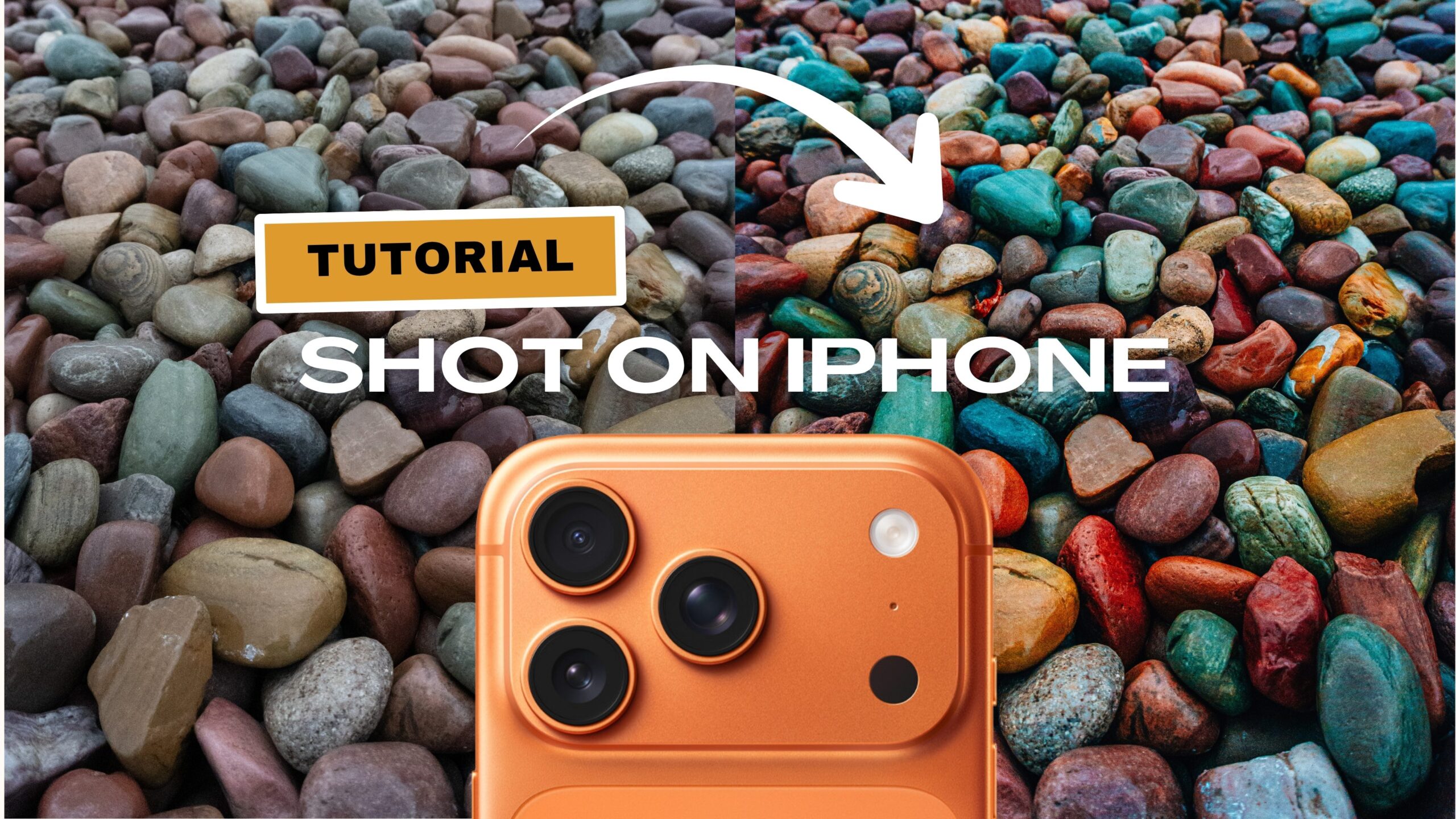
You must be logged in to post a comment.